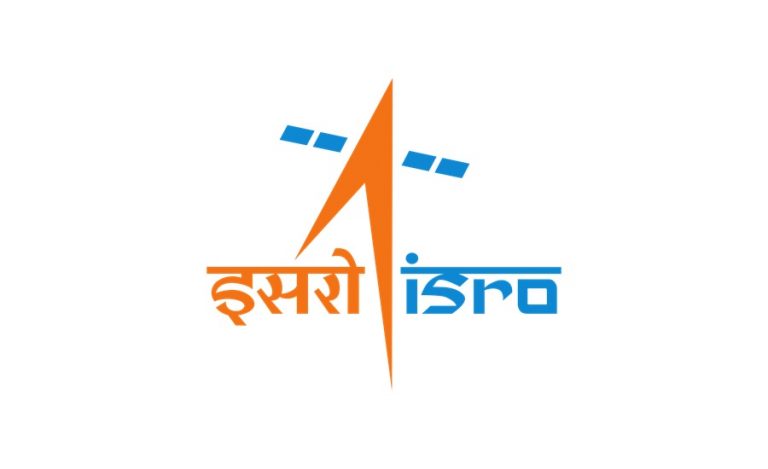New Delhi: India’s crude oil imports from the United States climbed to their highest level since 2022 in October, reflecting a strategic move by New Delhi to diversify its energy sources beyond Russia while easing trade tensions with Washington.
According to data from energy analytics firm Kpler, India imported about 540,000 barrels per day (bpd) of crude from the US as of October 27 — the highest level in nearly three years. Imports are expected to close the month near 575,000 bpd, while November bookings are projected to remain strong at 400,000–450,000 bpd. This represents a significant jump from the year-to-date average of roughly 300,000 bpd.
Arbitrage and Market Dynamics Drive Uptick
The sharp rise in US imports was primarily driven by favorable economics, including a strong arbitrage window, a wider Brent–WTI spread, and subdued Chinese demand, which made WTI Midland crude more competitive for Indian refiners.
“Indian refiners capitalized on a rare pricing window where US grades became economical on a delivered basis,” said Sumit Ritolia, Lead Research Analyst – Refining, Supply & Modeling at Kpler.
Russia Remains India’s Top Supplier
Despite the surge in US imports, Russia remains India’s largest crude supplier, accounting for nearly a third of total imports, followed by Iraq and Saudi Arabia. However, tightening Western sanctions on Russian oil majors such as Rosneft and Lukoil have prompted Indian refiners to explore alternate suppliers to safeguard energy security.
Strategic and Diplomatic Significance
Government and industry officials said the increase in US crude purchases also signals New Delhi’s intent to strengthen energy cooperation with Washington, especially after the Trump administration’s 50% tariff on certain Indian goods had strained bilateral trade relations.
The move aligns with India’s broader strategy to balance energy security with geopolitical considerations, ensuring diversified sourcing while maintaining steady crude supplies.
Refining Flexibility and Future Outlook
Experts noted that the surge highlights India’s refining agility and ability to leverage short-term market opportunities. However, they caution that the trend is largely arbitrage-led rather than structural.
“While the rise underscores India’s refining flexibility and growing US-India energy ties, longer voyage durations, higher freight costs, and WTI’s lighter, naphtha-rich yield limit sustained expansion,” Ritolia explained.
Strengthening US–India Energy Partnership
The growing share of US oil in India’s import basket marks a deepening of strategic energy ties between the two democracies. It supports New Delhi’s energy diversification strategy, balancing economic advantage with geopolitical alignment.
As India continues to manage a delicate balance between affordable energy, refinery optimization, and international diplomacy, the surge in US oil imports underscores its evolving approach to energy security in a volatile global market.



























